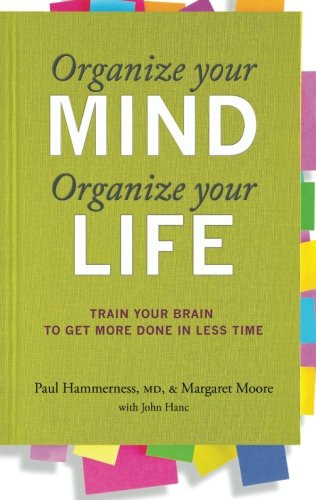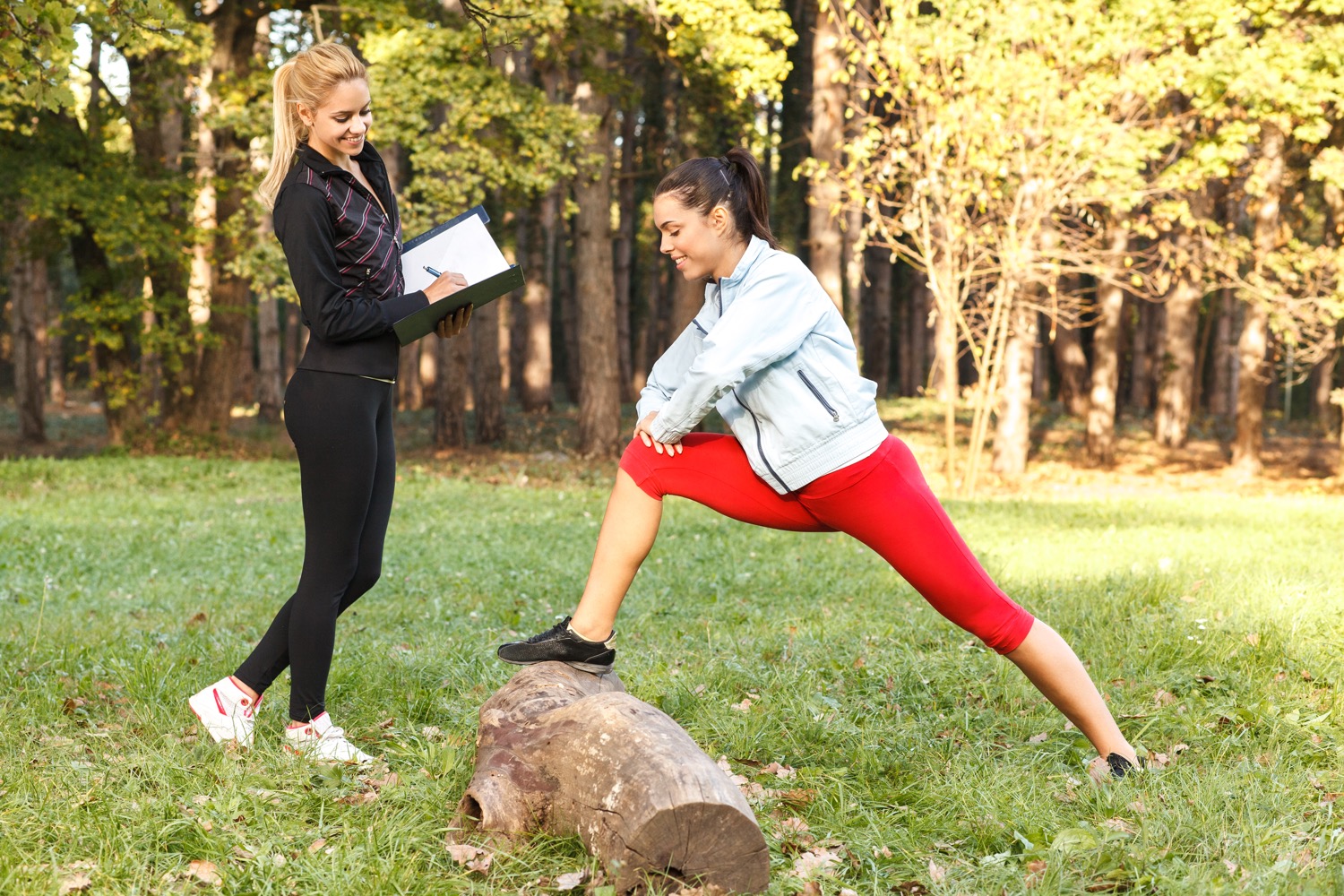I see that many women of all types and sizes have poor body image. I have seen umpteen conversations in the blogosphere running along the following lines: “ The VS show made me feel bad about myself.” I wonder if these women feel the same way after watching the Olympics or the Cirque du Soleil ? I wonder if they are aware that these models train like professional athletes, boosting their calorie and protein intake way up to build muscle and compensate for the long hard workouts that they must do. Many women are 5’10 or more and have pretty faces, but few can achieve this level of discipline and training.
I am not so unsophisticated that I do not realize that the VS show is essentially marketing and that it sends mixed messages to and about women. Yet, it would be nice if we could all watch Olympics, gymnastics, or even the VS show and be inspired to be our best selves.
I am certain this chronic problem with poor body image is something we inherit from our culture, and that we are retaught every generation. Historically, we women have been property, and most generally utilized for our physical attributes. Is it any wonder this is still how we define ourselves ? Although the problem of our self worth came from without, the problem is now within us. Likewise,the solution can only come from within each of us. It is for each of us take a hard look at ourselves and count our own strengths. We need to learn to define ourselves in our own terms, and value ourselves as whole people. We all know none of us is perfect, mentally or physically. However, we must learn to celebrate what we are and to learn to enjoy the process of making ourselves better all the time.
Through my filter, I see that women of all descriptions hurt one another with fat shaming and thin shaming. Women already have to deal with objectification, abuse, unequal pay, glass ceilings, and sexism. The last thing they need to be doing is undermining each other.
I see people outside the health profession mistake all sorts of things: slim for anorexic, obese for “ big boned”, obese for "womanly" and muscular for unfeminine. I even hear some of these things from people in the health sciences. None of these analyses are helpful to the cause of the physical or mental health of women. None of these critiques allows for the fact that there are many body types. None of them asks the right questions about fat percent, muscle mass, bone density, strength, nutritional status, menstrual health and other truly relevant parameters.
I am very concerned about eating disorders in young women. However, I see them very rarely. But, numbers wise, prevalence wise, I am profoundly more concerned about the obesity epidemic. This will end up causing no end of disease related suffering as women of this generation come into middle age and older. We as women have to come to terms with the need for good nutrition and regular fitness. We need to get back in touch with strong female physicality. If we cannot get in touch with our physicality, we become oblivious to our bodies and avoid them outright and they get less and less healthy with each passing year.
Strong healthy physicality in women, and I mean mature adult women as well as young women, lends confidence to the mind as well as the body. What does physicality mean ? To me it means, being in touch with your body. This means being able to honestly assess your bodies strengths and weaknesses with the help of your doctor and maybe even a trainer. It means standing in front of a mirror without clothes. It means getting on a scale and doing a waistline measurement. It means accepting where you are at the present moment and knowing you have the power to better yourself.
Physicality means having the courage to try new things with your body, new exercises, new sports. Sports ! Yes… I believe all women need sports and competition in their life. It builds confidence in all things, because sports teaches you how to try and try again. Sports teaches you how to practice, even how to train, however modestly.
Your physicality extends to other people. It asks you to acknowledge your own sexuality, and to ask whether it is in a reasonable state.
Physicality bears on how you present yourself to the world. You may not wish to become a materialistic fashion slave. But….. do you neglect your own appearance and present yourself poorly to the world ? Do you neglect your hygiene ? Do you dress down or to be invisible ? Is your posture poor ? Think about these things and take responsibility for yourself. Love what is, shower it, brush it, put some cream on it, then dress it up to show your best self.
Physicality extends to the natural world. It asks that you get out in it and feel it with all your senses. When learn to use your body in the natural world, the natural world will, in return, sculpt you into a better adapted creature.
It is good to embrace health and beauty in all forms. True beauty is health. You have the power to make some of your own.





























